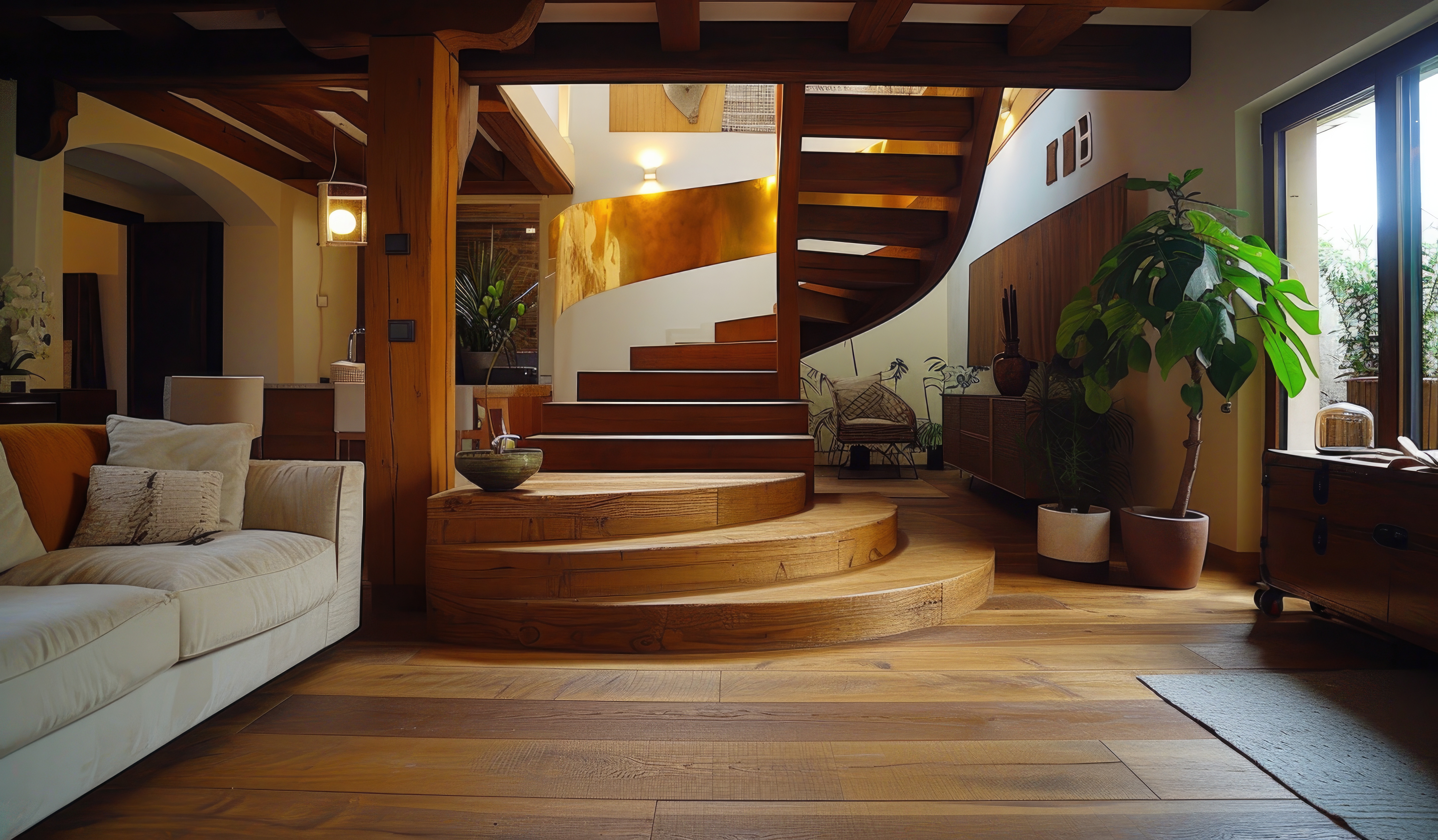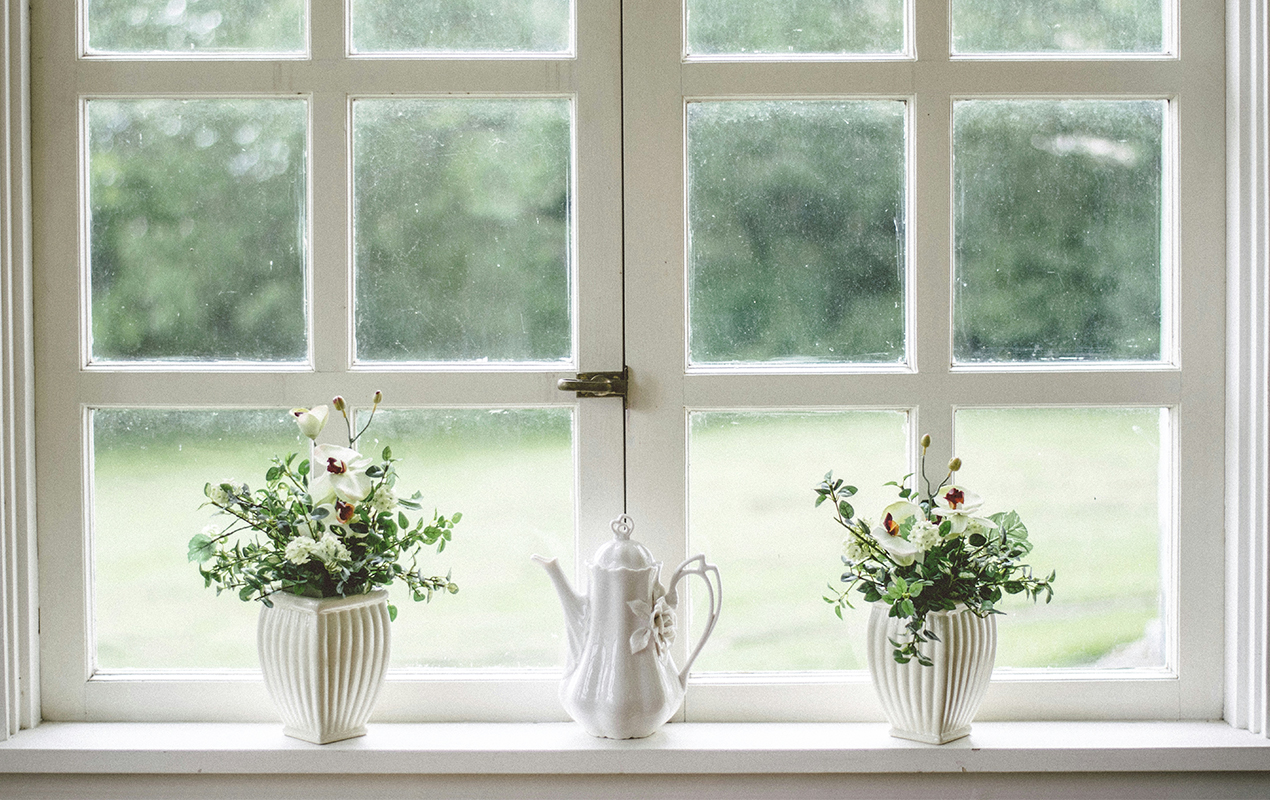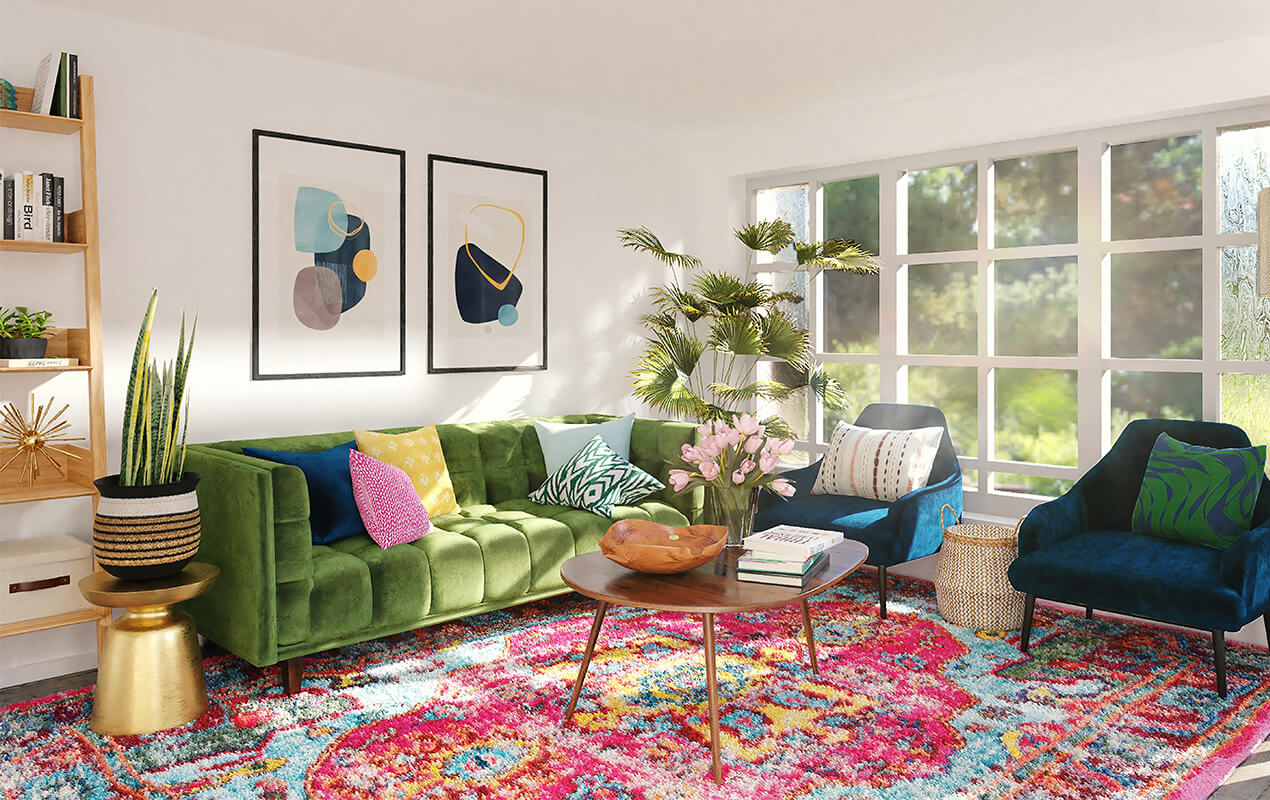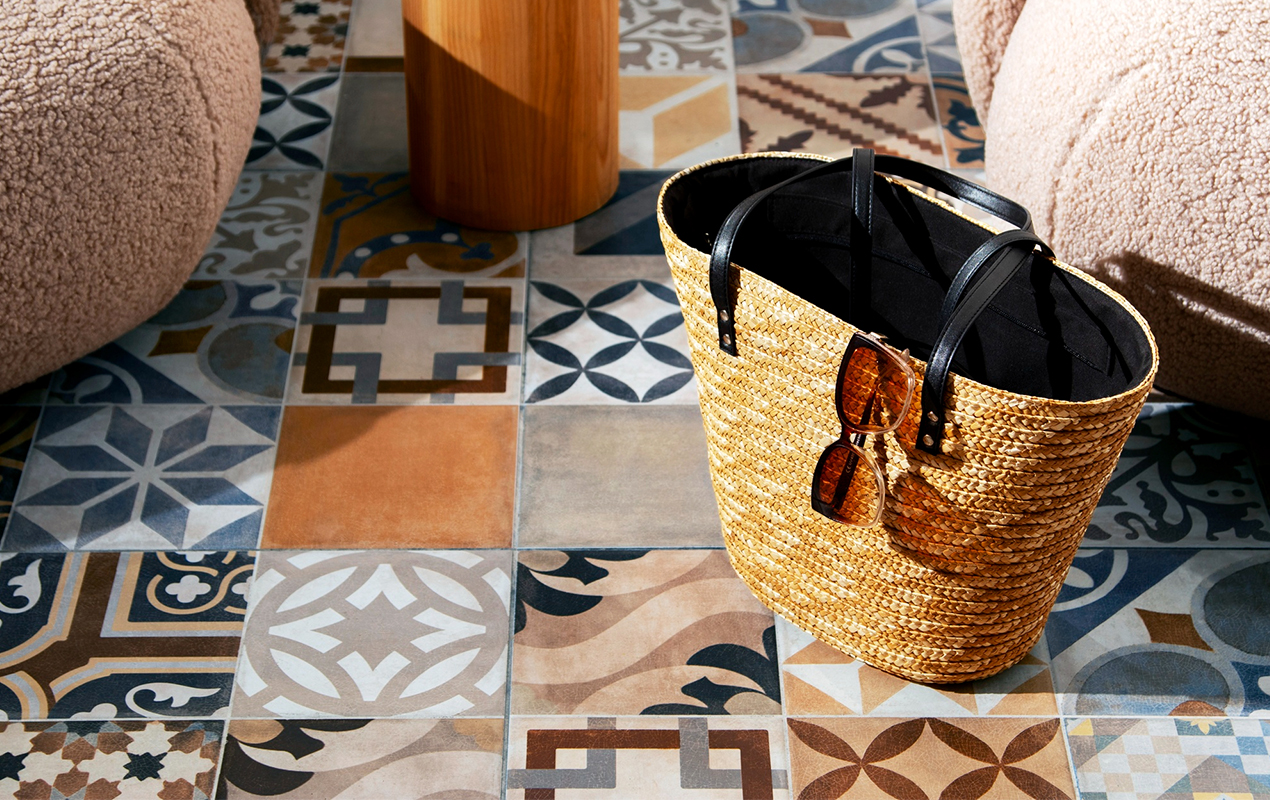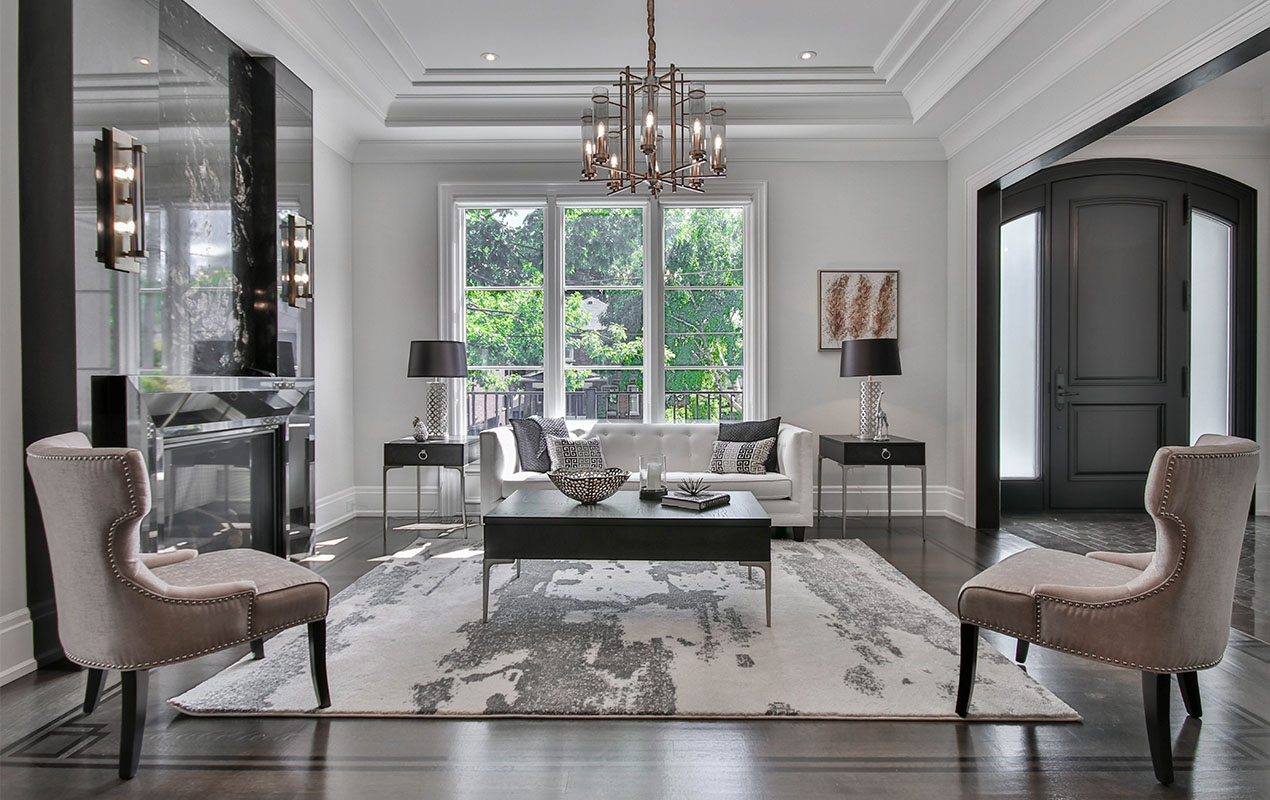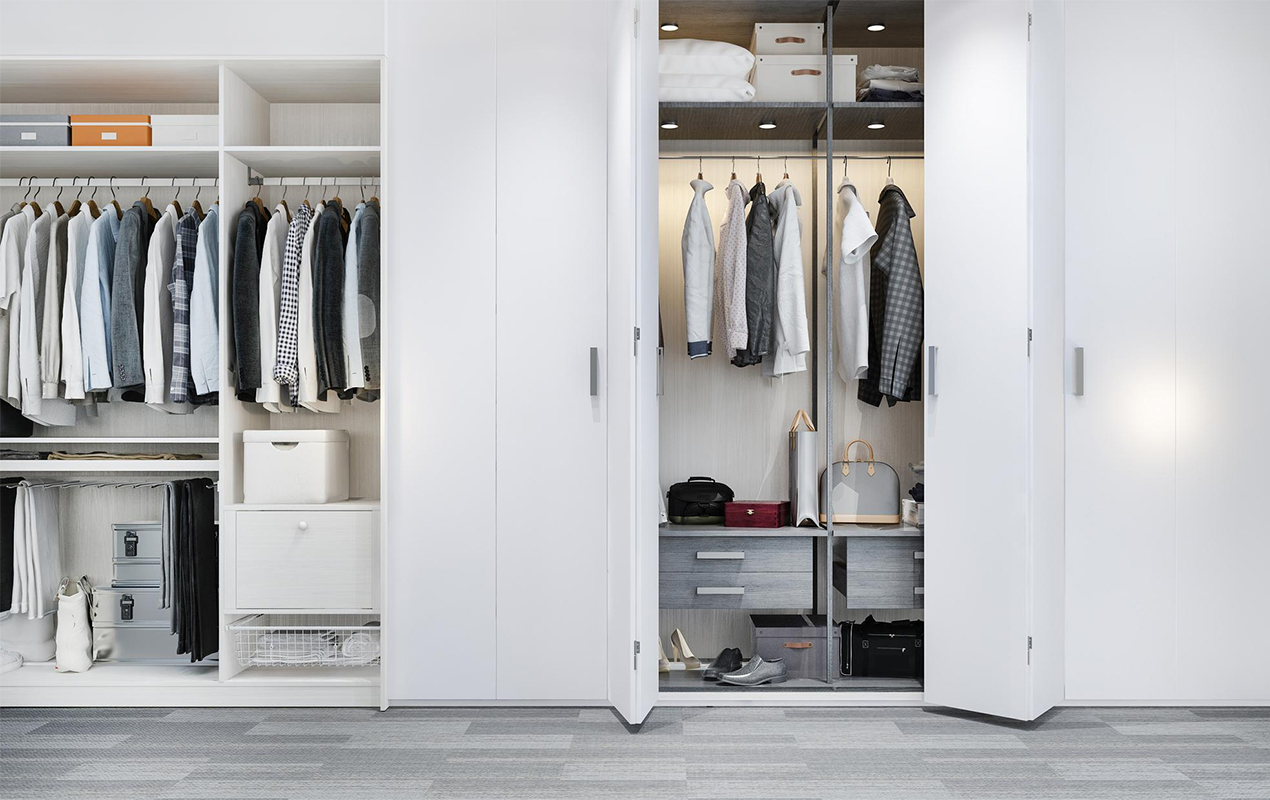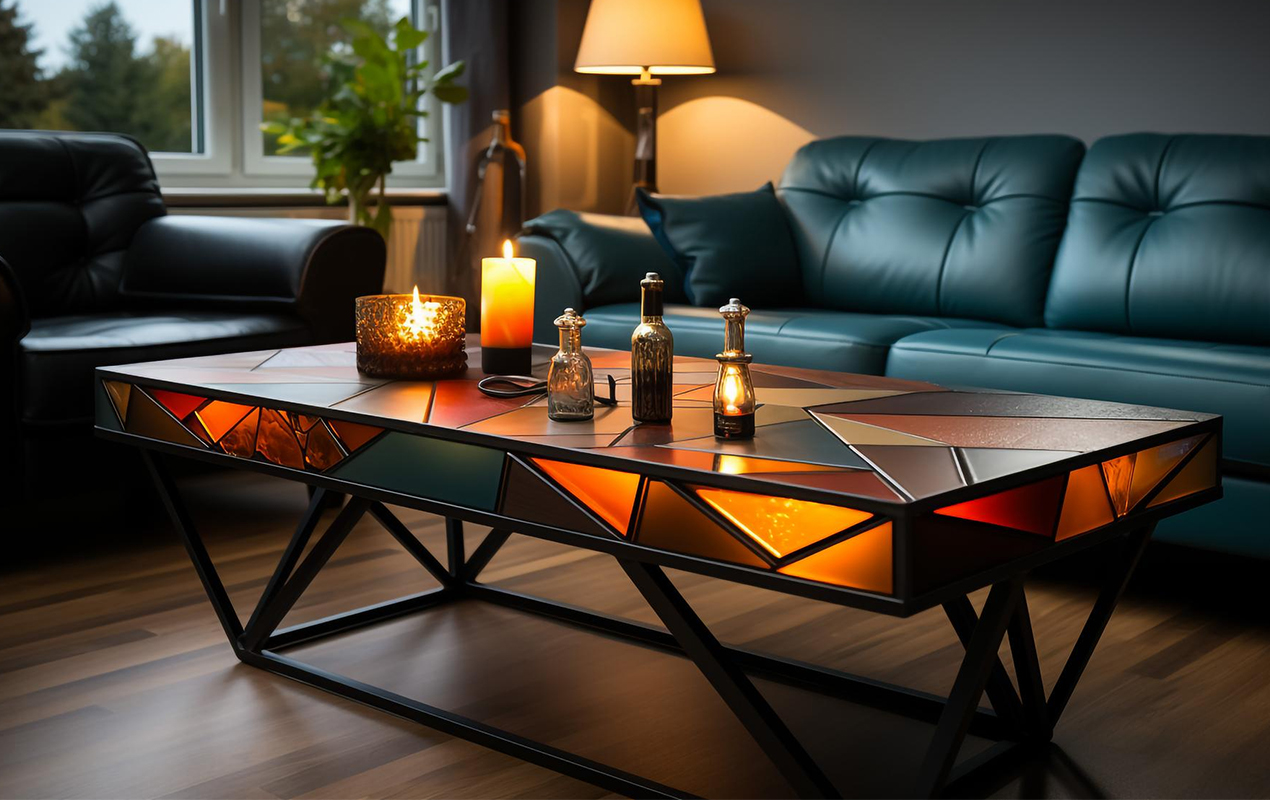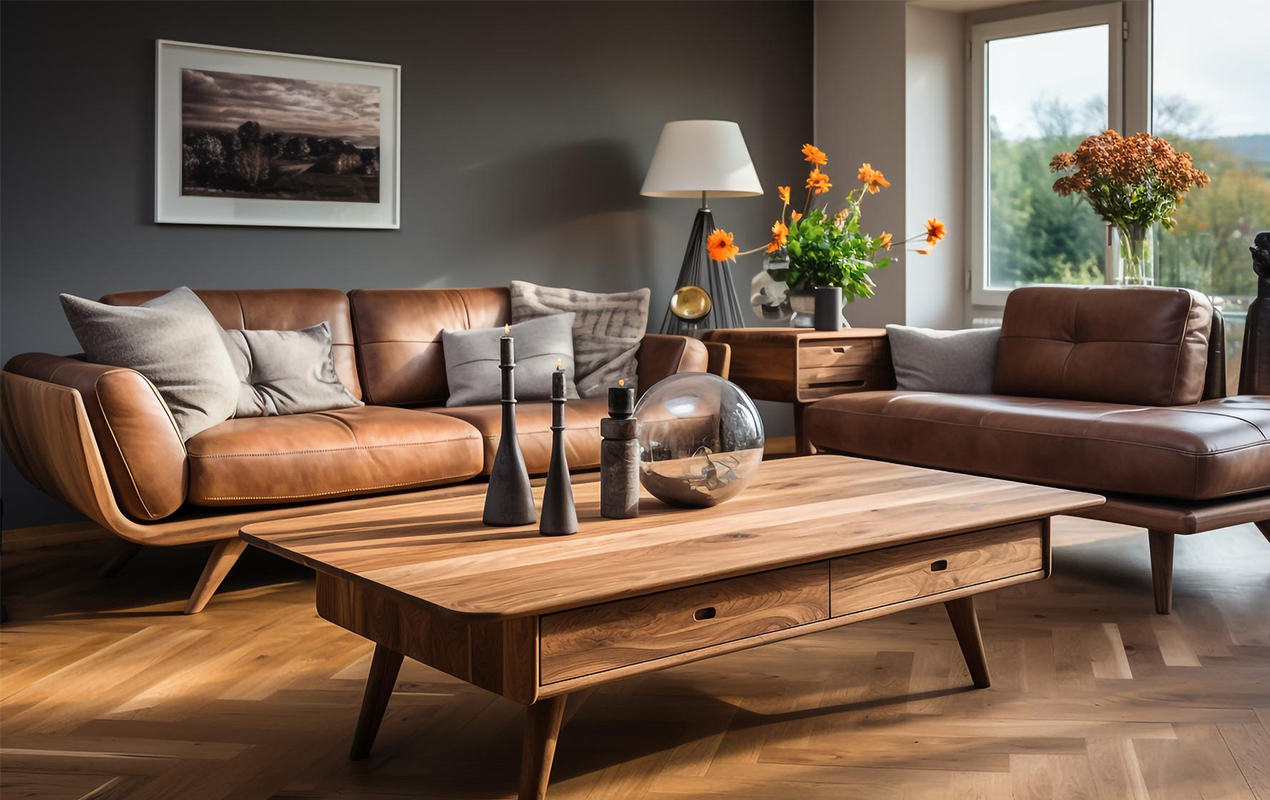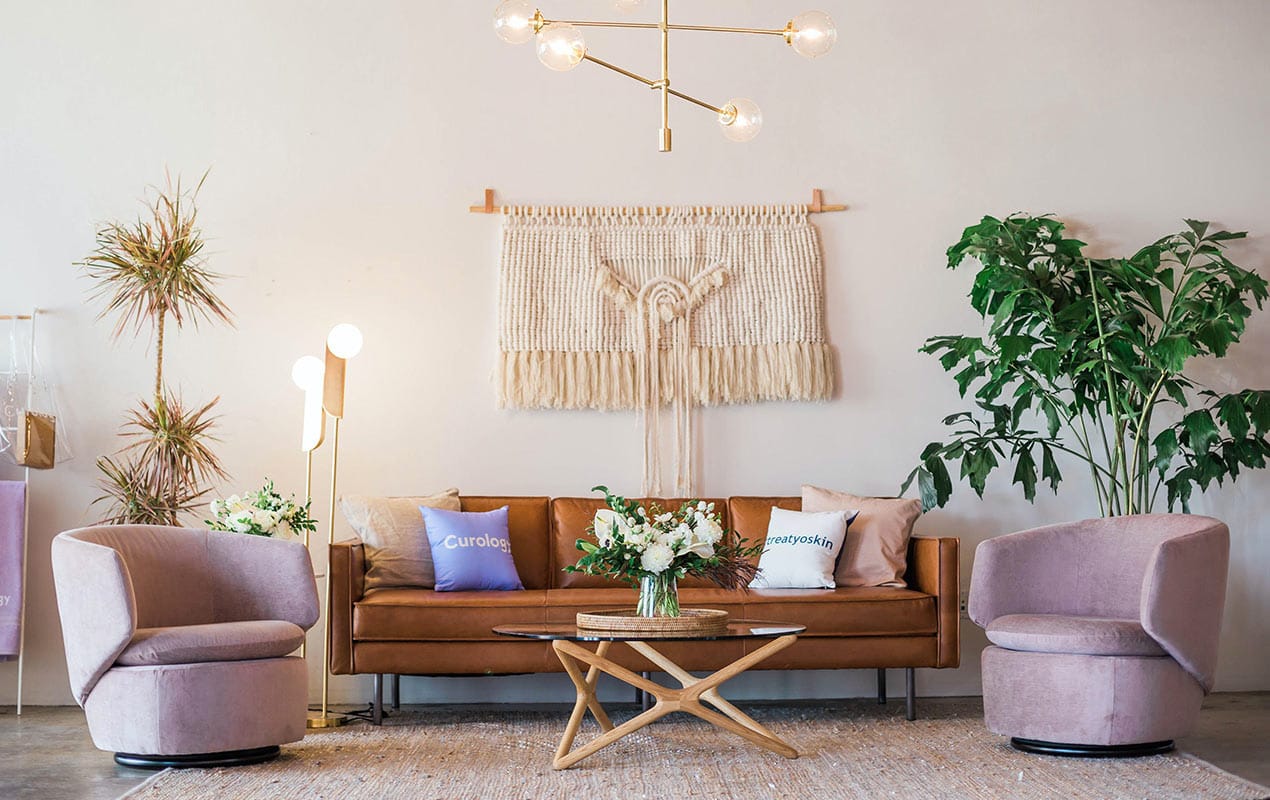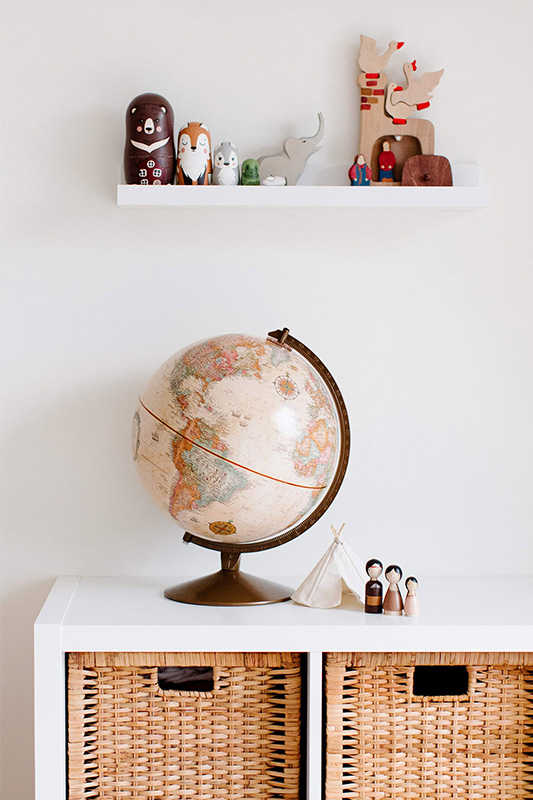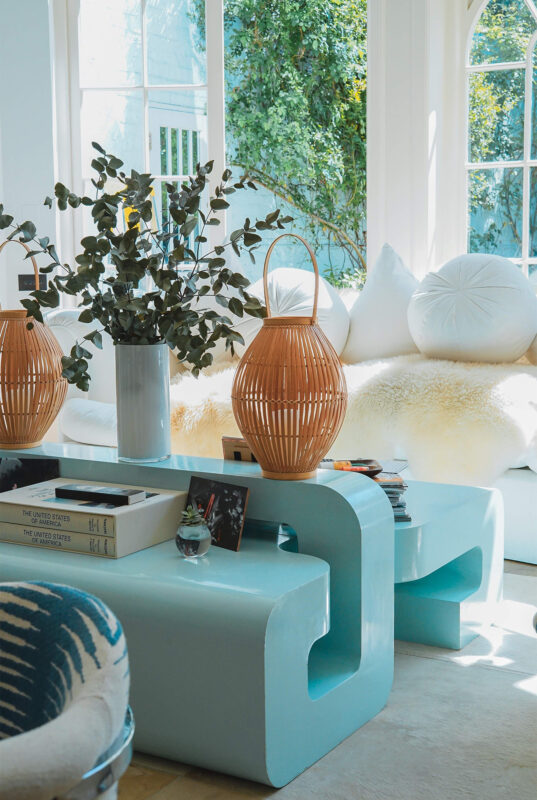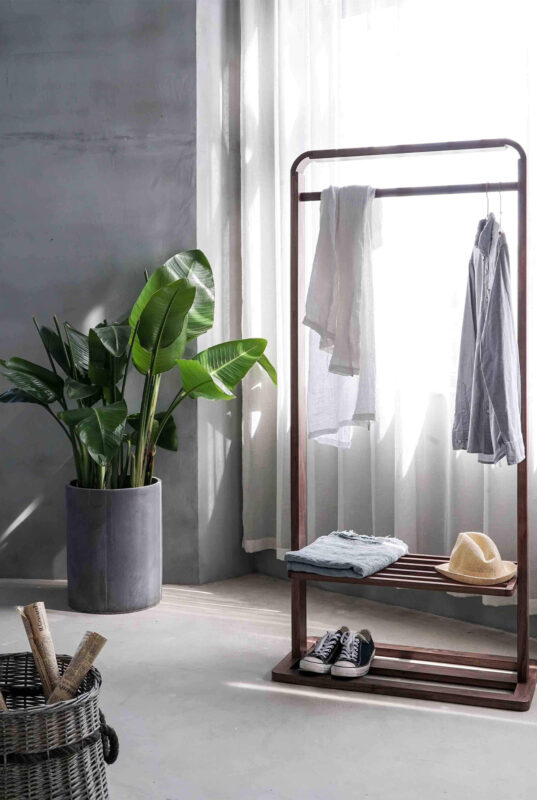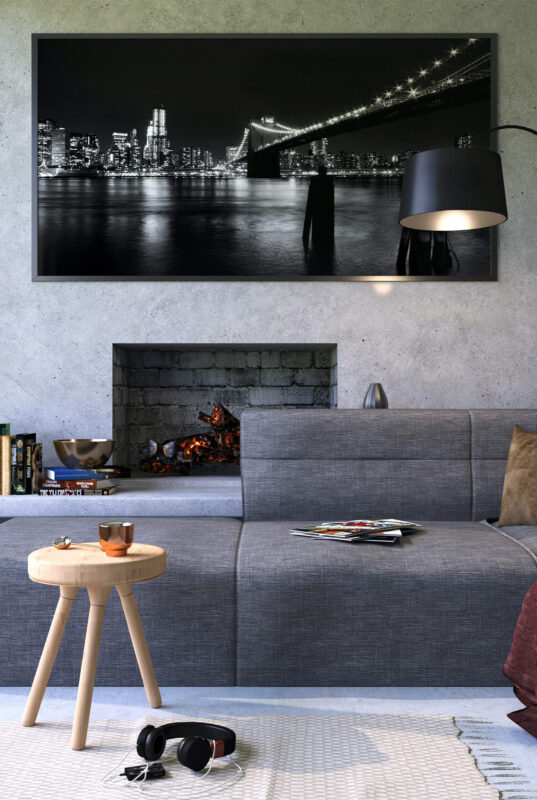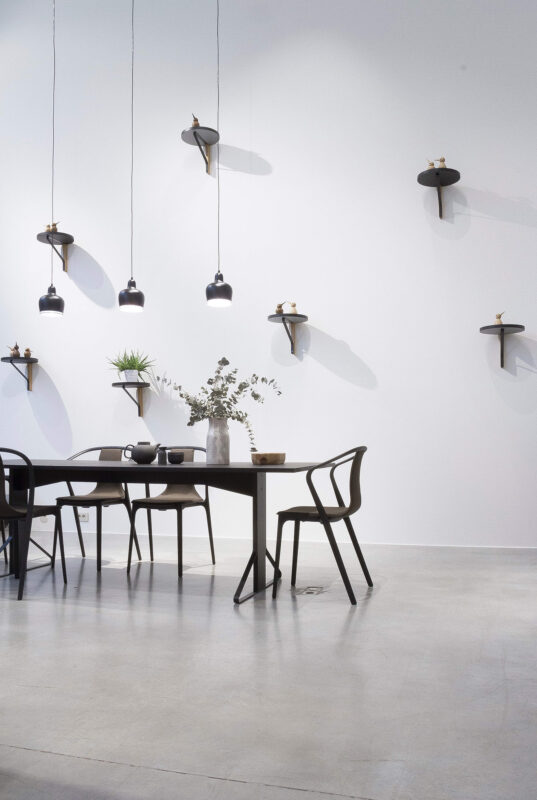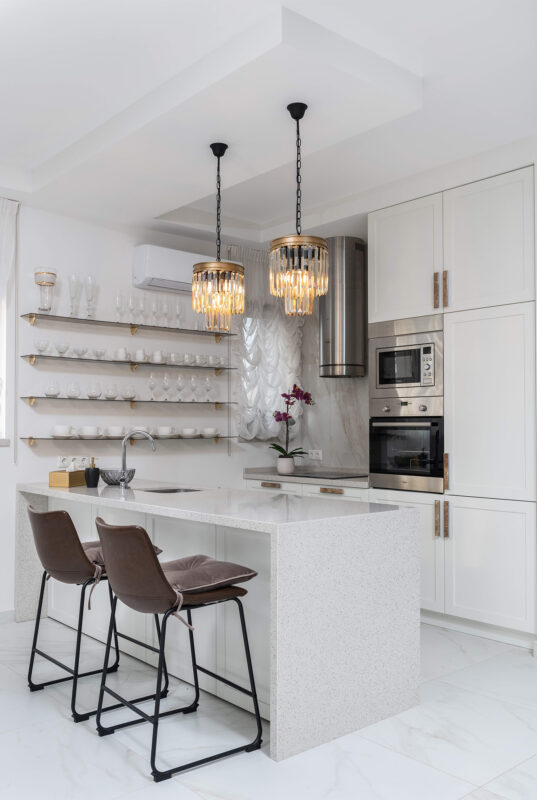Blog
How Much Overhang Does Your Coffee Table Need? Things to Consider
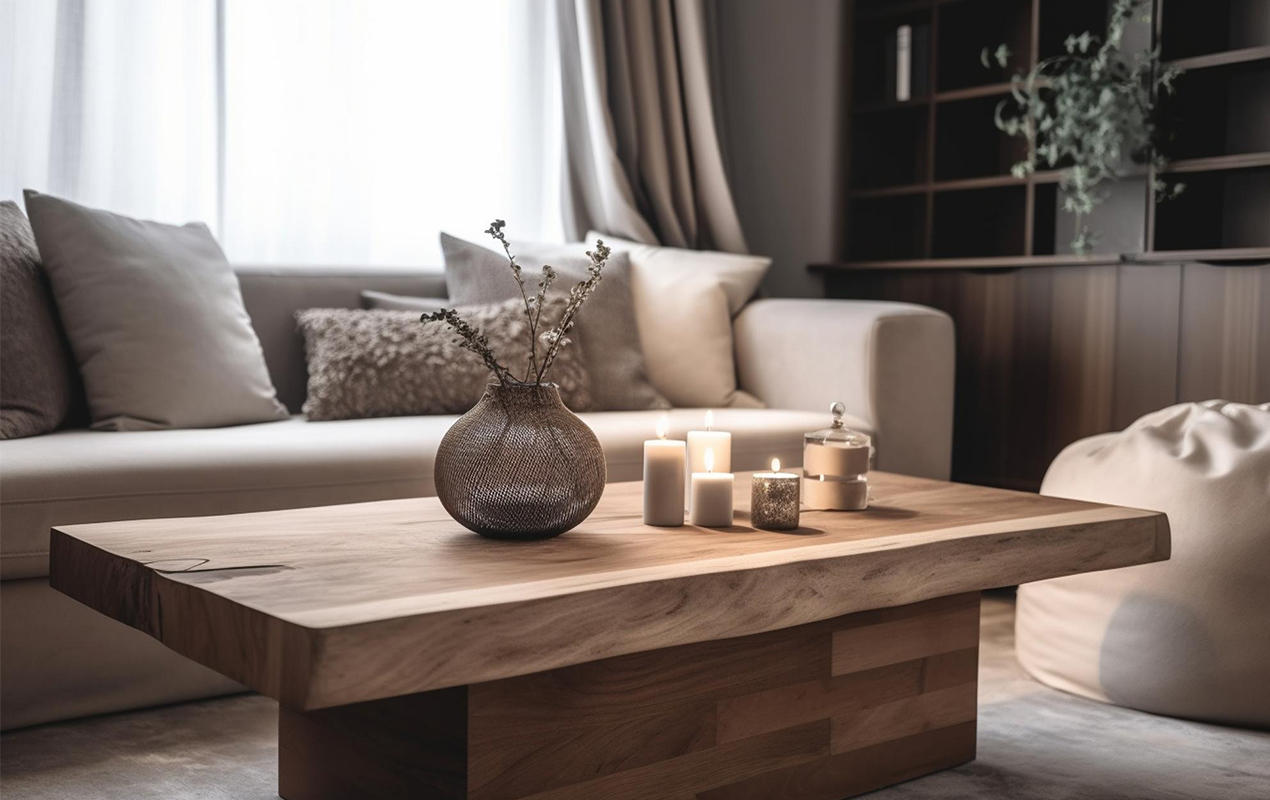
DISCLAIMER: The images in this post are for informational purposes to illustrate potential possibilities, recognizing that individual tastes vary. We aim to capture your wants and needs, expanding on each style where possible to offer a range of available options from reputable designers and affiliated brands. This selection process considers a variety of factors to ensure we cater to the diverse preferences of our readers.
Have you ever noticed how some coffee tables seem to “float” effortlessly in a room, while others appear awkward or unbalanced? The mystery often lies in the coffee table overhang, subtle yet influential on the aesthetics and functionality of your table. While it may seem like a minor detail, finding the right ratio can mean the difference between a coffee table that heightens your space and one that feels out of place.
Defining the ideal overhang isn’t a one-size-fits-all equation. It depends on aspects including size and shape, the style of its base, and your aesthetic preferences. So how do you determine the right amount for your specific table? In this article, we’ll delve into the nuances of overhang, exploring factors influencing the choice while providing practical tips to help you find the balance for your setup.
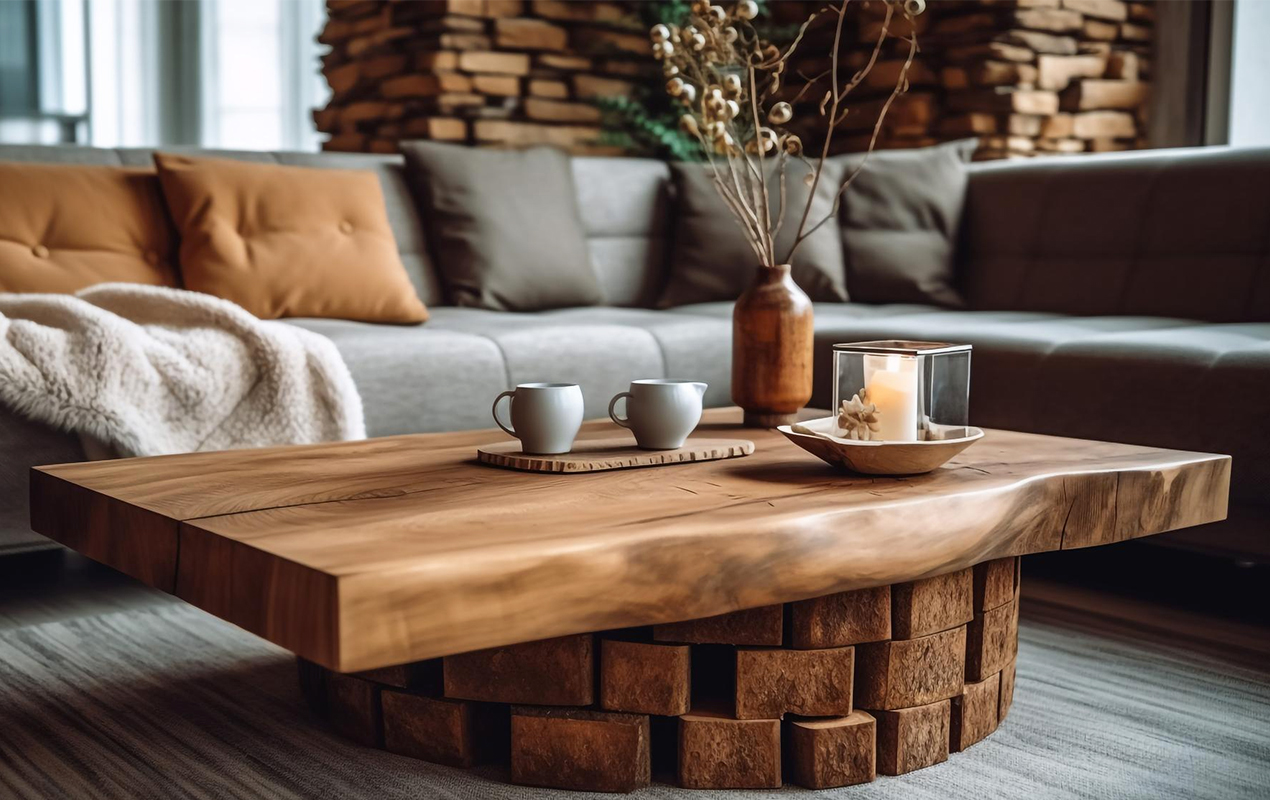
Photo by IamMujahidMalik from Freepik
What is Overhang and Why Does it Matter?
Overhang refers to the portion of the top extending beyond its supporting base or legs. It’s the negative space that creates a visual frame around the table base adding an airy, floating quality to the design.
The Aesthetics of Overhang
A minimal overhang forms a sleek, modern look, emphasizing the table’s clean lines and simplicity. It’s ideal for interiors where you want the coffee table to coordinate with the surrounding decor.
Conversely, a more generous overhang lends a bolder, more dramatic feel. It can drive the table to appear more substantial, becoming a statement piece in its own right. A larger overhang is often favored in rooms with higher ceilings or when you want the table to be a focal point.
Beyond these broad strokes, overhang can be used to create harmony with other elements in your space. For example, a table with an overhang aligning with the depth of your sofa produces a cohesive look.
The Functionality of Overhang
Overhang isn’t just about aesthetics; it plays a role in the table’s functionality too.
- Legroom: Ample overhang ensures sufficient legroom for those seated, preventing awkward knee bumps and cramped quarters.
- Stability: A well-balanced overhang contributes to the table’s stability. Too much overhang makes the table top-heavy and prone to tipping, while too little makes it appear squat and disproportionate.
- Preventing Spills: A generous overhang provides a buffer zone helping to catch accidental spills, protect your floor, and assist with cleanup duties.
Related Article: Couch & Coffee Table Placement: How Much Space Is Just Right?
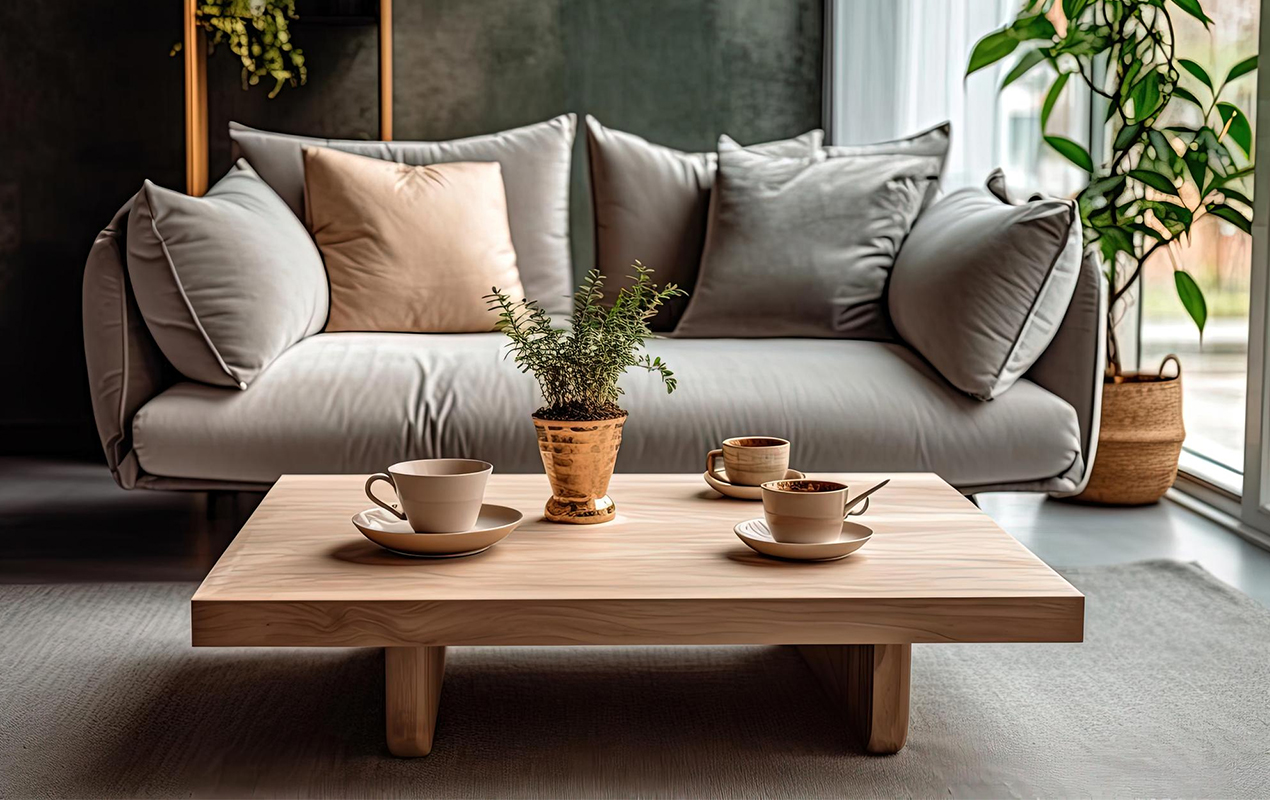
Photo by Donbaron from Freepik
Factors that Influence Coffee Table Overhang
Overhang is a proportion of aesthetics and functionality, impacted by several key factors:
Coffee Table Shape
The shape of your table also plays a role with round tables often looking best with a consistent overhang around the entire circumference for fluidity. Square tables can handle a slightly larger overhang on each side, while rectangular options typically have a more substantial overhang on the longer sides for symmetry.
Coffee Table Size
Think of it like a seesaw: a larger top requires a more generous overhang to counterbalance its weight and maintain proportion. A small table, on the other hand, can feel overwhelmed by too much overhang, appearing top-heavy and precarious.
Read More: The Ideal Coffee Table Size: Finding the Right Dimensions
Coffee Table Style
The style of your table’s base can dramatically influence the ideal overhang. Pedestal bases often call for a more generous overhang to accentuate its sculptural form. A table with four legs might look best with a moderate overhang, allowing the legs to visually anchor the design.
Personal Preference
While these guidelines offer a starting point, your personal liking ultimately plays the most prominent role. Do you prefer a sleek, minimalist look or a bolder, more dramatic approach? Do you prioritize legroom and functionality, or are you primarily concerned with aesthetics? There’s no right or wrong answer – it’s about finding an overhang that feels right for your space.
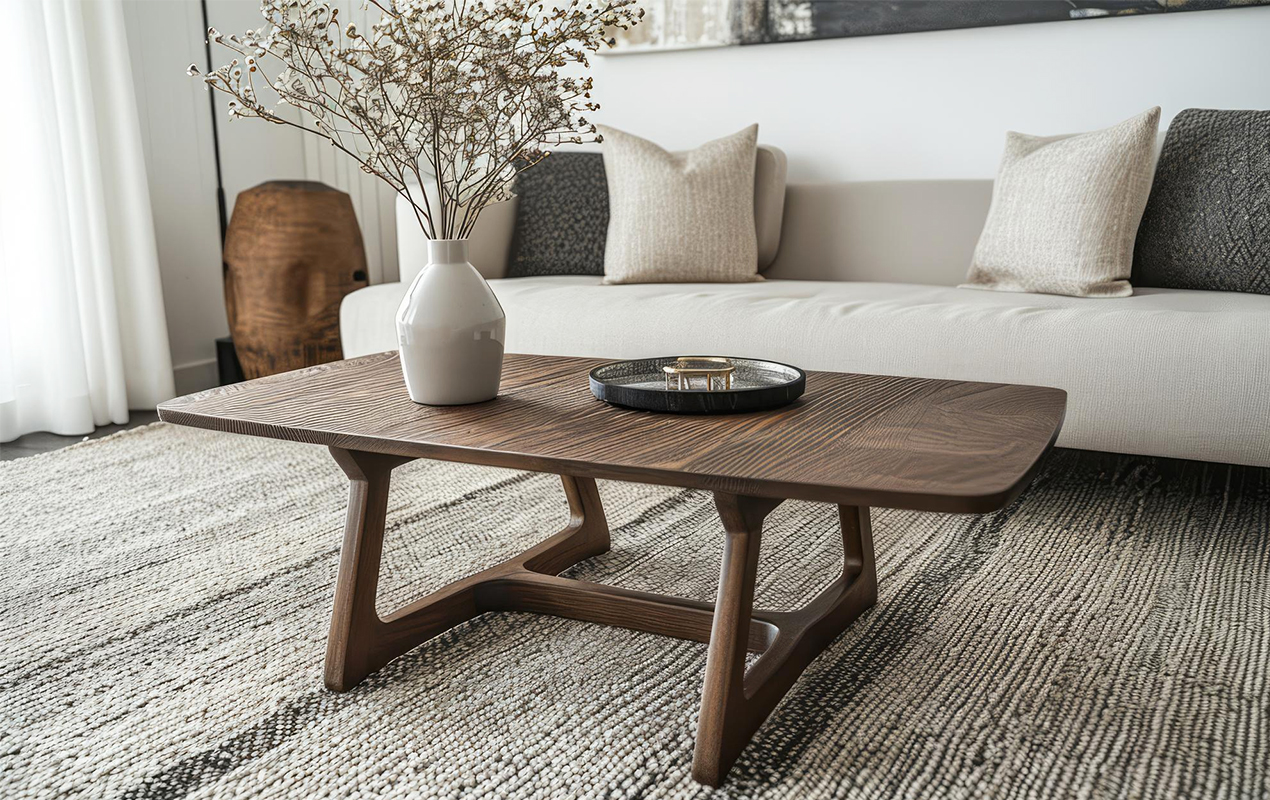
Photo by Juanmataborda from Freepik
Things to Help Determine Coffee Table Overhang
Now you understand the facets affecting overhang, it’s time to find the sweet spot for your table. Here’s a step-by-step approach:
Consider Functionality:
- Legroom: Sit around your designated area to assess the legroom with different overhang ranges. Ensure there’s enough space for your legs without feeling cramped.
- Everyday Use: Think about how you’ll typically use your table. If mainly for display, a smaller coffee table overhang might suffice. But if you plan to use it for drinks, snacks, or games, a larger overhang might be more practical to prevent spills and provide ample space.
Safety First:
- Stability: While a generous overhang can be aesthetically pleasing, prioritizing safety is paramount. An excessive overhang can make the table unstable and prone to tipping, especially if you have children or pets.
- General Guidelines: As a rule of thumb, avoid overhangs exceeding one-third of the tabletop’s width. For example, a 48-inch wide table shouldn’t have more than a 16-inch overhang on any side. However, these are guidelines, and the right coffee table overhang will depend on your specific dimensions and base style.
Visualize the Overhang:
- Painter’s Tape: A roll of painter’s tape is your best friend here. Apply strips of tape to mark out the table measurements you’re looking to work with, extending beyond the edges to simulate different overhang amounts. Start with a conservative overhang (e.g., 1 inch or 2.5 cm) and gradually increase it until you find a look you like.
- Cardboard Cutouts: If you want a better visualization, cut out cardboard pieces to the dimensions of your desired overhang and place them in the marked-out table area. This helps you assess the overhang from different angles.
Read More: Craft a Custom Piece: 13 DIY Coffee Table Design Ideas
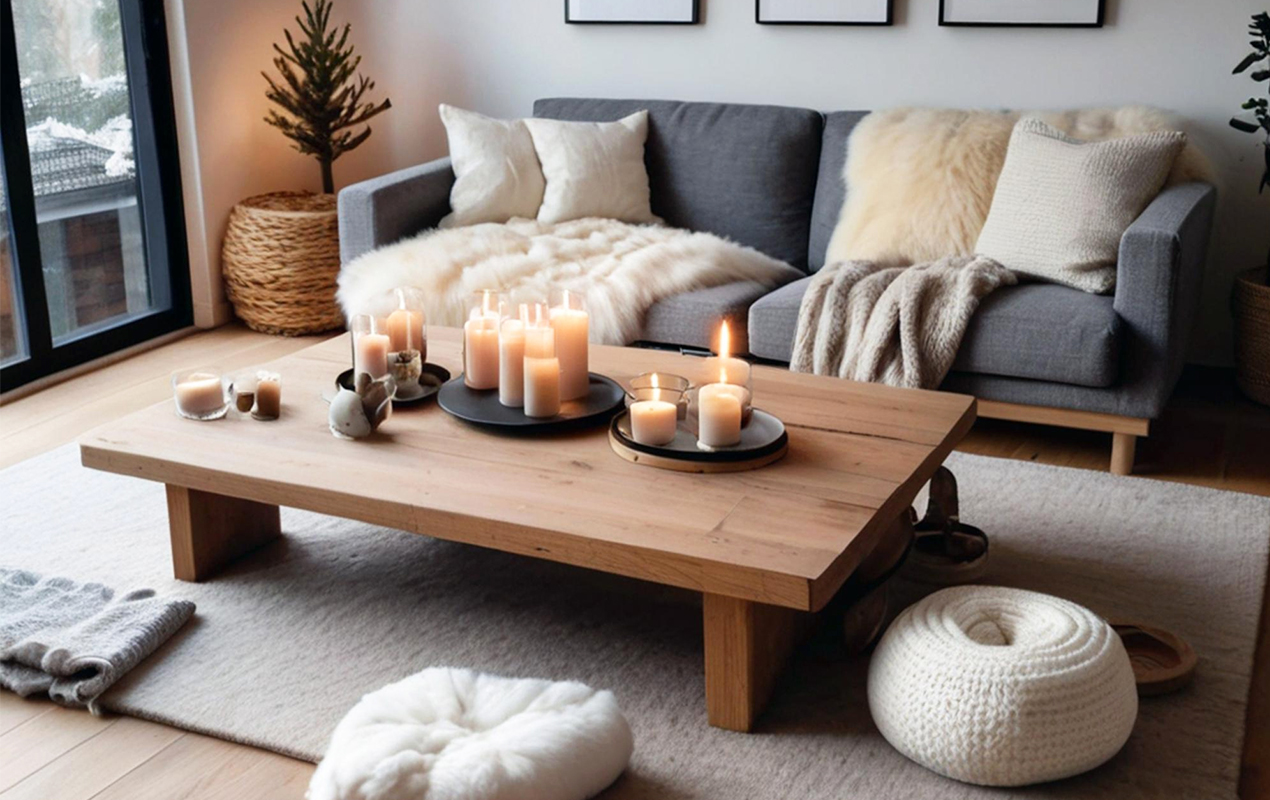
Photo by BluGlyph from Freepik
Recommended Overhang Ranges for Different Table Styles
| Table Shape | Size | Recommended Overhang Range | Additional Notes |
|---|---|---|---|
| Round | Small (Under 36″ Diameter) | 1-2 inches | Maintains curves and avoids a top-heavy look. |
| Round | Medium (36″-48″ Diameter) | 2-3 inches | Balances space with the table’s circular flow. |
| Round | Large (Over 48″ Diameter) | 3-4 inches | Complements the table’s presence and ensures legroom. |
| Square | Small (Under 36″ Wide) | 1-2 inches on each side | Keeps the compact form visually pleasing. |
| Square | Medium (36″-48″ Wide) | 2-3 inches on each side | Adds dynamism while maintaining balanced proportions. |
| Square | Large (Over 48″ Wide) | 3-4 inches on each side | Heightens presence without sacrificing stability. |
| Rectangular | Short (Under 48″ Long) | 1-2 inches on shorter sides, 2-3 inches on longer sides | Prioritizes legroom while visually lengthening the table. |
| Rectangular | Medium (48″-60″ Long) | 2-3 inches on shorter sides, 3-4 inches on longer sides | Creates a feel of spaciousness and invites conversation. |
| Rectangular | Long (Over 60″ Long) | 3-4 inches on shorter sides, 4-5 inches on longer sides | Accentuates length and forms a focal point. |
Important Note: These are suggested ranges. The overhang for your coffee table depends on facets including base style, tabletop thickness, room size, and intended use. Use these guidelines as a starting point and experiment to find the overhang for your space.
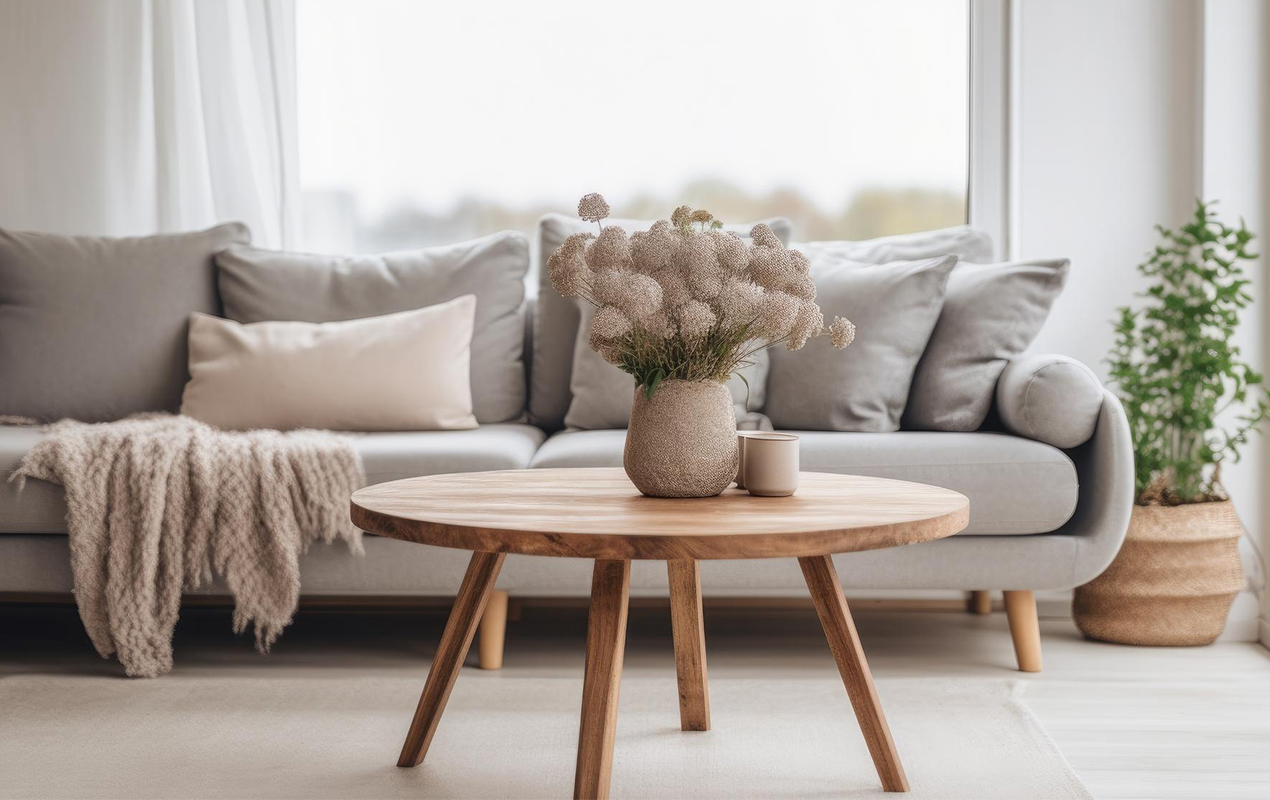
Photo by Usmanstpk from Freepik
Coffee Table Overhang – Final Thoughts
Finding the overhang amount for your coffee table is a mix of design principles and practical considerations. While guidelines and recommendations offer valuable insights, remember the ideal overhang ultimately lies in your hands—and eyes.
Trust your instincts, visualize different possibilities, and be sure to offset aesthetics and functionality. Consider how you envision your table interacting with the surrounding space and how you intend to use it; don’t be afraid to step outside the conventional boundaries. After all, the most beautiful and functional spaces are those that reflect the characteristics of those who inhabit them. So, go ahead, measure, envision, and uncover the overhang that exalts your setup.

